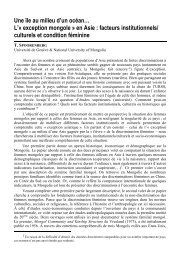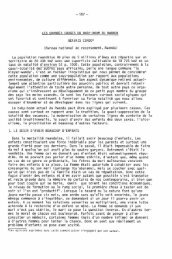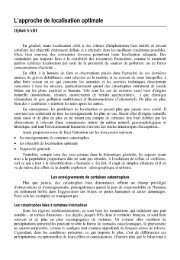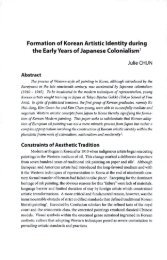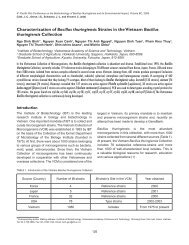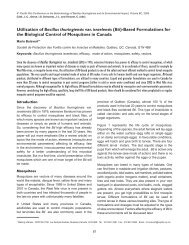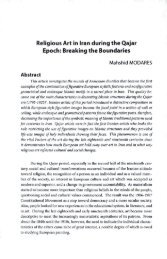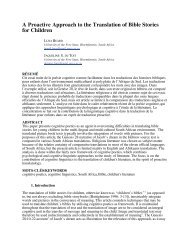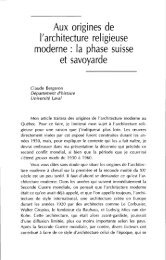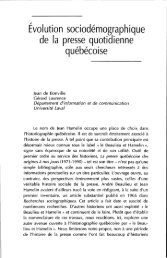PBL as a New Pedagogical Approach for Translator Education
PBL as a New Pedagogical Approach for Translator Education
PBL as a New Pedagogical Approach for Translator Education
Create successful ePaper yourself
Turn your PDF publications into a flip-book with our unique Google optimized e-Paper software.
solving the given problem both <strong>as</strong> a group and <strong>as</strong> individuals. They were thus expected to commit<br />
themselves during the time to group work <strong>as</strong> well <strong>as</strong> individual work at home. During this process,<br />
a KND chart (see Appendix 1) w<strong>as</strong> distributed to both individual subject and each group; the aim<br />
w<strong>as</strong> to provide them with clearer idea of their existing knowledge and unknown knowledge. After<br />
the two activity cycles had been completed, the participants <strong>as</strong> groups were required to make<br />
presentations. In these presentations, the subjects were expected to include their solution(s), their<br />
existing and unknown knowledge, and the process of solving the problem. Finally, the subjects<br />
were given a questionnaire to fill out (see Appendix 2).The aim of this questionnaire w<strong>as</strong> to draw<br />
out their perceptions on the second research question set out above.<br />
5. Findings<br />
5.1 KND Chart<br />
As mentioned in the previous section, a KND chart enables the researcher <strong>as</strong> well <strong>as</strong> the subjects to<br />
identify the subjects’ existing knowledge and unknown knowledge, which is necessary if one<br />
wishes to investigate correlations between this knowledge and the ways they address the problem.<br />
Firstly, the majority of the participants identified that they had already had knowledge of the<br />
fundamental functions of the organs which are considered to be part of human digestive system<br />
(see Figure 2). Some of them also had pre-existing knowledge of the names and locations of the<br />
organs. It can be said that this result illustrates that individuals in a group could possess same or<br />
different extents of pre-existing knowledge and experience in the chosen area. This can be a good<br />
point of departure <strong>for</strong> enabling learners to realise beneficial <strong>as</strong>pect of <strong>PBL</strong> in which learners are<br />
likely to encounter the rich variation of pre-existing knowledge which other individuals possess.



